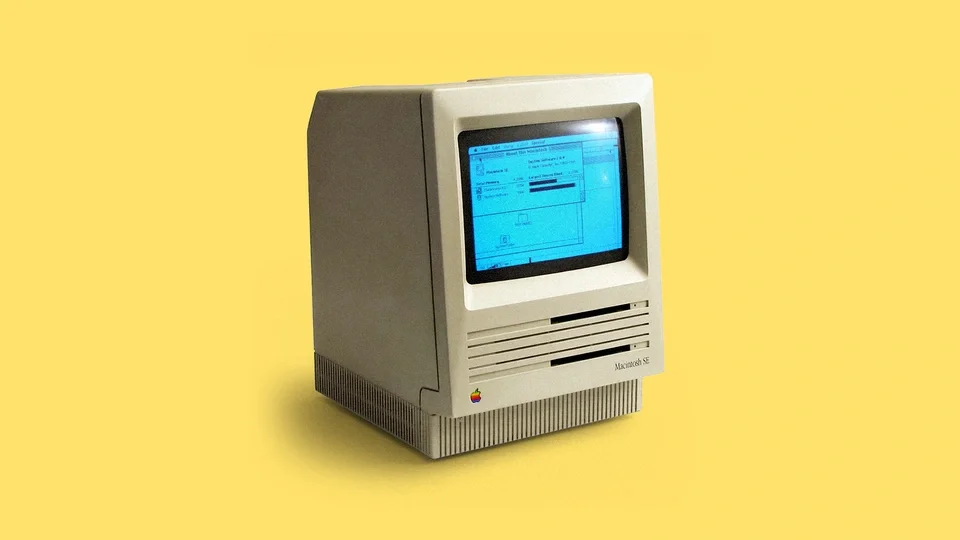OPEN SOURCE
OPEN SOURCE: A Politics of Making
Open source is not just a method—it is a politics of making. It dismantles the myth of the lone genius and replaces it with the practice of shared intelligence. In art and cinema, to work open-source is to refuse enclosure: to reject the privatization of images, stories, and techniques. It is to believe that culture belongs to those who build and rebuild it, not to those who copyright and commodify it.
To create openly is to insist that meaning grows through circulation—through what others add, distort, remix, and remake. It is to replace profit with participation, competition with collaboration, scarcity with abundance. In the open-source imagination, films, archives, and artworks become living code—rewritten by each encounter, redistributed across communities, detached from the tyranny of ownership. Here, creation is not a transaction, but a commons. Not a product, but a process. Not a brand, but a form of freedom.
Open source reminds me that no act of creation exists in isolation. Every image carries the memory of another; every story is threaded with the traces of collective experience. To acknowledge this interdependence is not to diminish authorship but to liberate it—to understand authorship as something fluid, relational, and alive. In this model, the role of the artist shifts: from proprietor to facilitator, from gatekeeper to participant. The artwork becomes an invitation, not a possession—a node in a network of shared imagination.
My own practice operates within this framework. I work with found footage, archival materials, and personal narrative to explore how memory, history, and identity circulate through collective experience. I’m interested in how reusing and recontextualizing existing materials can generate new meanings—how fragments of the past can be rewritten to speak to the present. By treating images, texts, and sounds as open systems rather than fixed artifacts, I aim to blur the boundaries between author and audience, ownership and participation.
This approach resists the extractive logic of capitalism, which measures creativity in terms of visibility, ownership, and profit. Instead, it aligns with a belief that art’s greatest power lies in its capacity to move freely—to be taken up, transformed, and passed on. My hope is that my work contributes to that ongoing circulation, becoming part of a larger, open conversation about memory, belonging, and the shared labor of making meaning together.
Addendum:
Credit, Ownership, and the Commons
I’ve always been drawn to the idea of open source—not only in the sense of accessible code, but as a way of reimagining how art and culture circulate. The logic of copyright, ownership, and control has become so pervasive that it often suffocates creativity. Platforms like YouTube or Instagram routinely block work that dares to remix or reimagine existing materials, even when done in homage or dialogue. To me, that’s tragic. You would think that artists—or rather, the corporations and individuals who own their work—would appreciate that their creations live on, reshaped and reinterpreted, continuing to inspire. Instead, we’ve built a culture that punishes conversation, that limits the very process by which art evolves, all in the name of profit and control.
Personally, I would be thrilled if my work inspired others—if it sparked new ideas, new artworks, new ways of seeing. I don’t believe in the myth of sole authorship. Every image, every gesture, every phrase is part of a larger conversation: a continuum of influence, reinterpretation, and shared memory. The insistence on credit, compensation, and ownership feels, to me, like a white, Western, masculine obsession—a symptom of capitalism’s need to measure, to individualize, to monetize everything it touches. Success is framed as singular achievement, erasing the collective labor, social structures, and unacknowledged contributions that make all creation possible.
My work resists these hierarchies. It’s rooted in the belief that art belongs to the commons—that what we make should remain open to transformation, translation, and re-use. I create not to accumulate attention or ownership, but to take part in a larger exchange of ideas and emotions. To create is to converse; to release control is to let the work breathe, to allow it to become something more—something alive in the hands of others.
OPEN SOURCE: OVERVIEW
Open source generally refers to software whose source code is publicly available and can be freely used, modified, and distributed. This model fosters a collaborative environment where developers and users contribute to the software’s evolution and adapt it to meet diverse needs. More than just access to code, open source reflects a broader philosophy of transparency, collaboration, and community-driven development.
Source Code Availability
At its core, open source means the source code—the human-readable instructions that make the software run—is accessible to the public. Anyone can inspect, learn from, and build upon it.
Freedom to Modify and Distribute
Open source licenses allow users not only to use the software but also to modify and share it. Many open source projects thrive thanks to active communities that help maintain, improve, and expand the software collaboratively.
The Open Source Definition
The Open Source Initiative (OSI) sets the official criteria for what qualifies as open source. According to the OSI, a valid open source license must allow for:
Free redistribution
Access to the source code
Creation of derivative works
No discrimination against users or fields of use
This ensures openness, freedom, and flexibility in how software can be developed and used.
Beyond Software
While open source began with software, its principles have expanded into other domains, such as:
Open-source hardware (e.g., Arduino)
Open data (e.g., publicly accessible datasets)
Open-source intelligence (OSINT)
In each case, the goal remains the same: to promote transparency, collaboration, and shared knowledge.
